Kailash Mansarovar
OUR TOUR
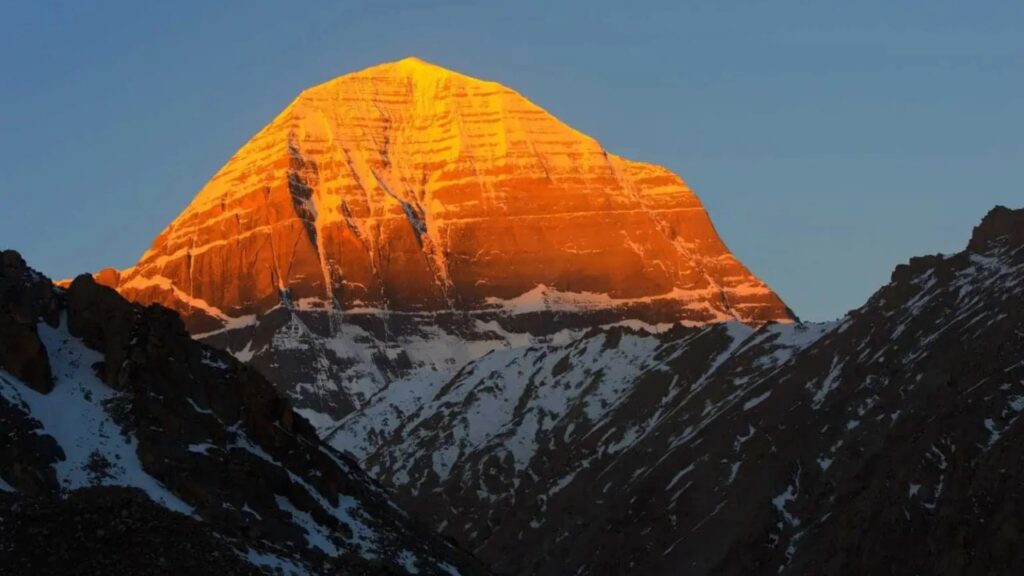
Mount Kailash
Sacred peak revered by multiple religions; believed to be the spiritual center of the universe.
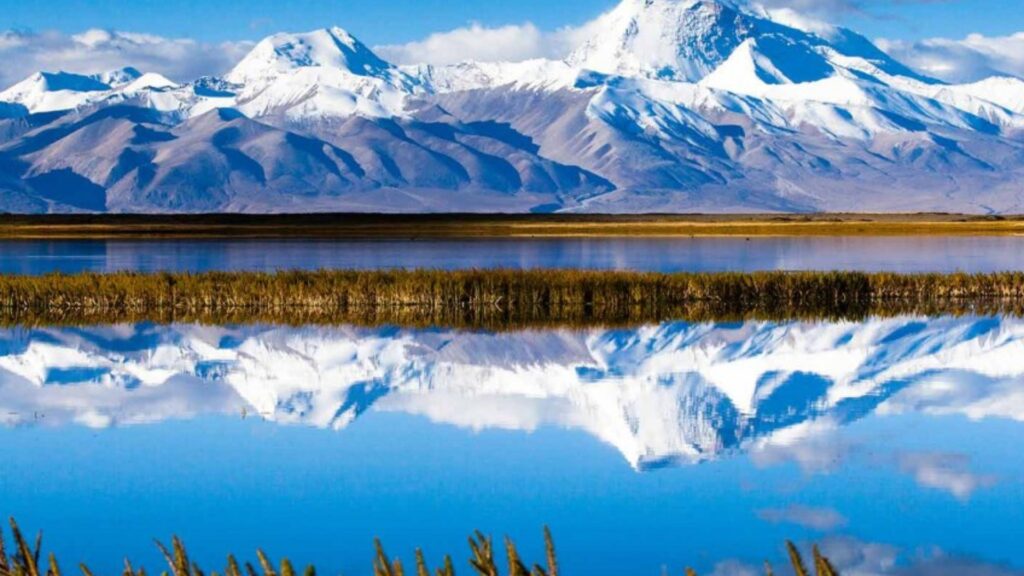
Lake Mansarovar
Holy freshwater lake at 4,590m; its waters are believed to purify sins and bless devotees.
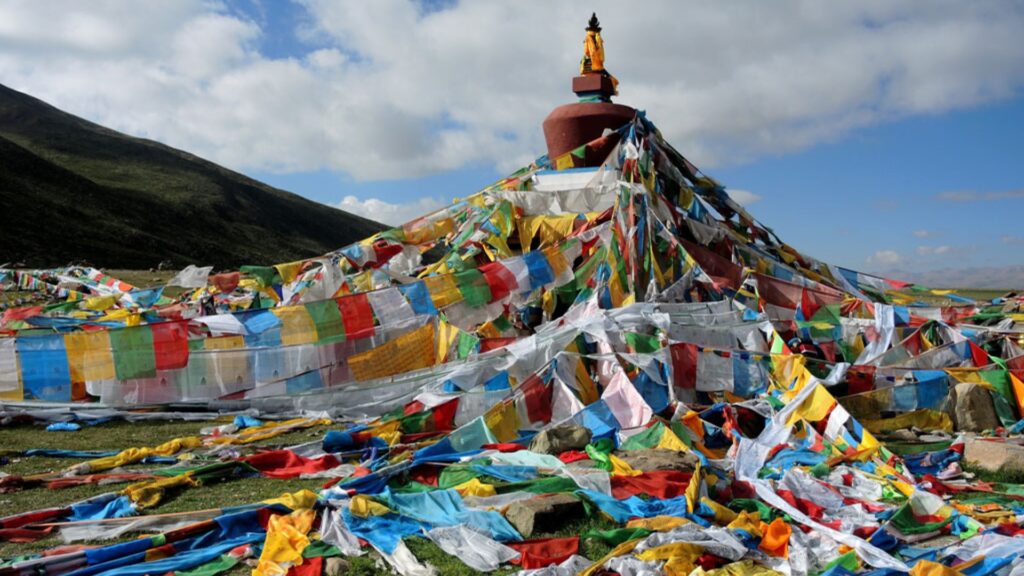
Yam Dwar
Gateway to the Kailash Parikrama; pilgrims offer prayers here before starting the sacred journey.
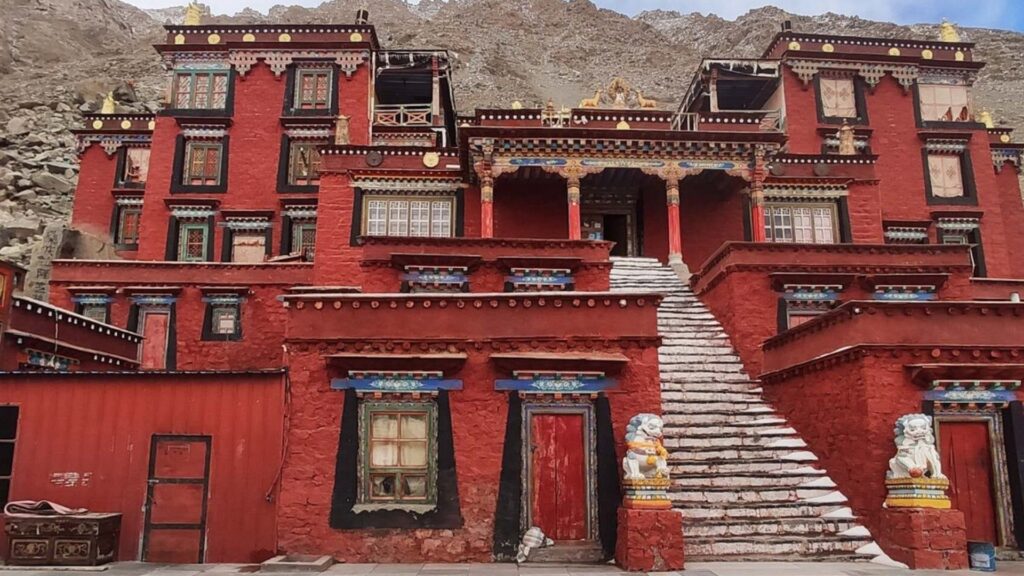
Dirapuk Monastery
Monastery near Mount Kailash’s north face offering spectacular, close-up mountain views.
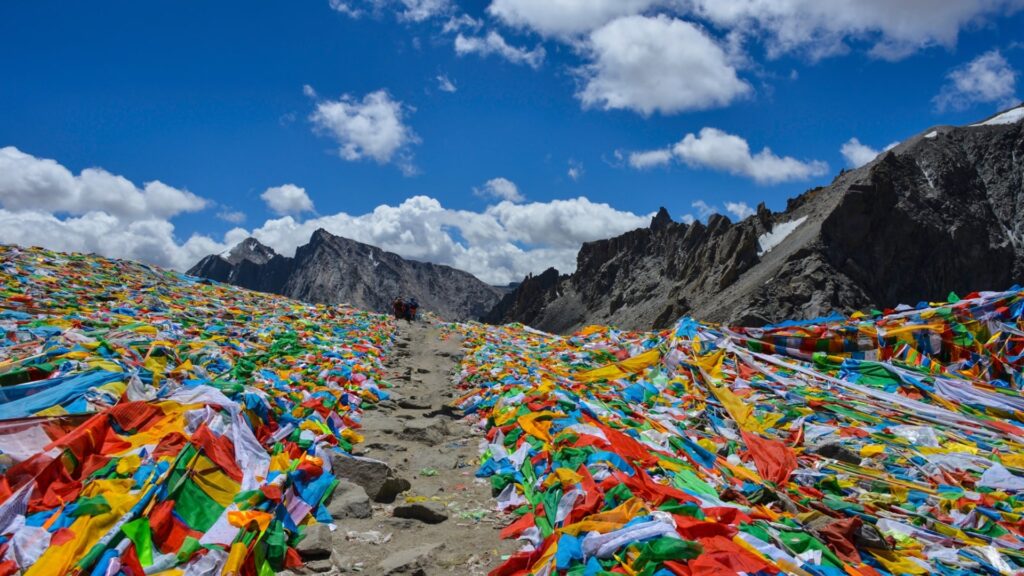
Attractions You Can’t Miss!"
Dolma La Pass
Highest point of the Kailash trek at 5,630m; spiritually significant and breathtakingly scenic.
Best Time to Visit Kailash Mansarovar
1. Peak Pilgrimage Season (May to September)
2. Ideal Weather Months (June to August)
3. Early Season (May - June)
4. Monsoon Considerations (July - August)
5. Off-Season Travel
| Season | Months | Weather | Travel Suitability |
|---|---|---|---|
| Peak Pilgrimage Season | May to September | Mild days, cold nights, clear skies; high-altitude conditions | Best time for pilgrimage and trekking |
| Ideal Weather Months | June to August | Relatively warm days, excellent visibility of Kailash & Mansarovar | Perfect for photography & spiritual tours |
| Early Season | May - Early June | Snow begins melting; nights still very cold | Good for less-crowded experience |
| Monsoon Considerations | July - August | Some rainfall in lower regions; mountain passes remain mostly dry | Manageable, but watch for road delays |
| Off-Season | October to April | Extreme cold, heavy snow, closed routes | Not recommended for travel |
KAILASH TOUR FAQ
1. What is the best time to visit Kailash Mansarovar?
The best time is from May to September, when weather conditions are most favorable, roads are open, and temperatures are manageable for trekking.
2. Do I need a visa and permits for Kailash Mansarovar?
Yes. You need a Chinese visa and special Tibet travel permits. Most travelers join government-approved group tours that arrange these documents for you.
3. How difficult is the Kailash Mansarovar trek?
The trek is considered moderate to challenging due to high altitudes (over 5,600m) and steep paths. Good physical fitness and acclimatization are essential.
4. Is Kailash Mansarovar safe for travelers?
Yes, with proper preparation. Be aware of high-altitude risks, weather changes, and follow your guide’s instructions. Travel insurance is strongly recommended.
5. What currency is used there?
The Chinese Yuan (CNY) is used. It's best to carry cash as ATMs are scarce in remote areas.
6. What should I pack for Kailash Mansarovar?
Warm layered clothing, trekking shoes, gloves, sunglasses, sunscreen, medicines for altitude sickness, and a sturdy backpack are essential.
7. Can senior citizens undertake the Kailash Mansarovar Yatra?
Yes, if medically fit. A thorough health check-up and regular walking practice before the trip are highly advised.
8. What languages are spoken in the region?
Tibetan and Mandarin are spoken locally. English and Hindi are understood by guides and tour staff.
9. Is photography allowed at Kailash Mansarovar?
Photography is allowed at many places, but certain sacred areas may have restrictions. Always respect local customs.
10. How do I prepare for the high altitude?
Gradually increase physical activity before the trip, stay hydrated, rest well, and consider acclimatization days. Carry prescribed altitude sickness medicines if needed.
